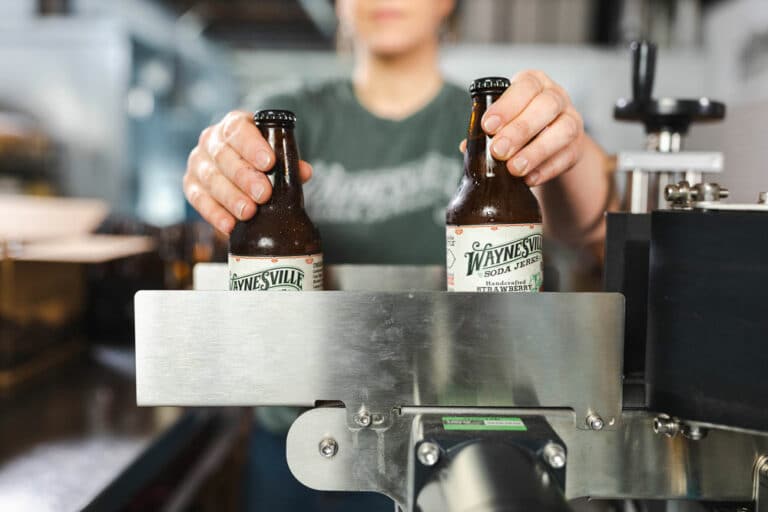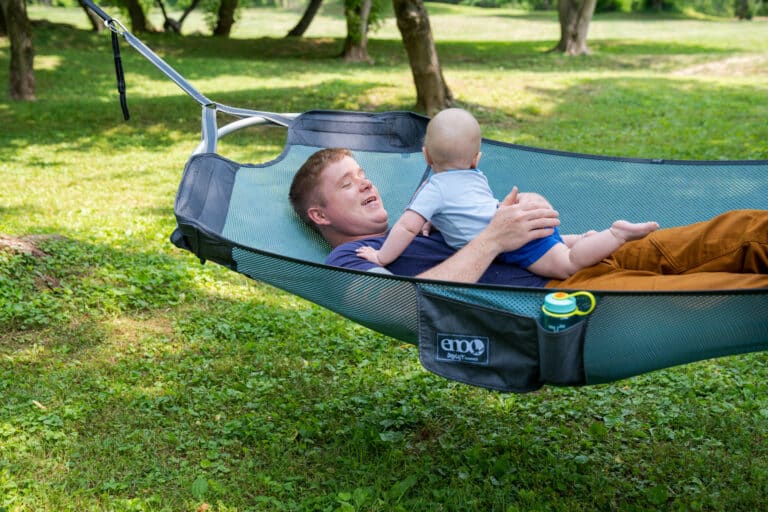As many of you know, I am a bit passionate about the Appalachian Trail. Judging from the number of websites, blogs, journals, advice pages, and books out there, I am not the only one. In fact, I bet there are at least a couple of people on your holiday gift list that are always hungering for more information about the trail. However, with more and more AT books appearing every year, especially guides on how to hike the trail and what I call “I hiked the entire Appalachian Trail” books, how will you know which ones to give? There are a couple of fairly new books, appealing to two distinct groups of AT enthusiasts, worth thinking about. I’ll discuss one today, and the other in my next posting.
(I’ve written five AT hiking and nature guides—which include two coauthored with Victoria and Frank Logue—but I’ll let you research them on your own to decide if you want to read them yourself and/or give them as gifts.)
I bet you know someone who, although maybe a novice backpacker, dreams of doing the entire AT. Many of these folks become consumed, and confused, with the little details and spend hours talking and reading other people’s trail adventures and the advice they can glean from them. Do them a favor and give them How to Hike the A.T.: The Nitty-Gritty Details of a Long-Distance Trek by Michelle Ray (Stackpole Books, www.stackpolebooks.com, $16.95). I was somewhat skeptical when I picked the book up, and, just as you like some recipes but not all in a cookbook, not all of Ray’s advice will be pertinent to everyone. However, I must say she has written a good long-distance backpacking primer. Along with solid advice (much of which is just common sense) about planning a trip, equipment needed, and possible weather conditions, she provides a realistic picture of the trials and tribulations, along with the rewards, of a long-distance hike. If more prospective 2,000-milers listened to just one piece of advice she provides—“…impose a relaxed itinerary for the first few weeks…ten miles or less a day…for the first week is a reasonable pace”—the success rate for thru-hikers would be more than the 20-25 percent that it is today.







